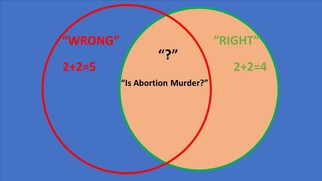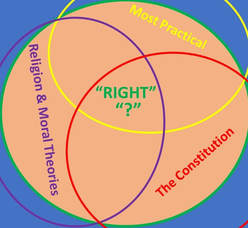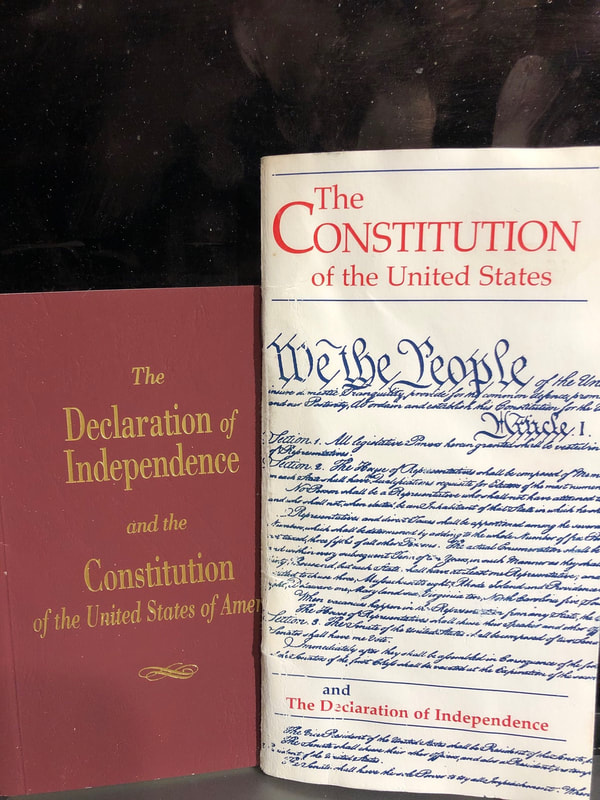
There are some things we can all agree are "right," and there are other things we can all agree are "wrong." For instance, we probably all agree that the equation "2+2=4" is "right." And likewise, we can agree that the statement "2+2=5" is "wrong." But there is also a troubling area of disagreement when we stray from simple statements into more complex realms such as politics, economics, and religion. We might depict these three regions using a pair of interlocking circles: a "right" circle, a "wrong" circle, and an area where the circles overlap to represent the realm of disagreement over what is right or wrong.
When we find ourselves in the realm of disagreement, the first question we should ask ourselves is whether all participants in the discussion are using the same standard for "right." Some of you may react by saying: "Of course there is only one standard for rightness!" But that would be wrong. We can speak of being "right" in the sense of the Unites States Constitution, or in the sense of adhering to some religion or moral theory, or in the sense of being the most practical way to achieve some desired result. Those three standards for "right" are distinct. They may agree in some cases, but they certainly conflict in some others.

The common language in this case has to be the Constitution, because it is the only standard for "right" to which all the participants in the discussion can agree. On Constitutional grounds, the Roe v Wade decision relies on the Fourteenth Amendment to uphold a woman's right to have an abortion during the entire length of her pregnancy, while also allowing room for states to restrict abortions after the first trimester. The decision was reached with seven justices voting in favor and two justices dissenting. In the forty-five years since the decision in Roe v Wade, Republicans have been in the majority for forty-three years. Even with an eight-to-one Republican majority in 1992, the Court upheld the Roe decision (Planned Parenthood v Casey).
I present the abortion issue here only as an example of a case where there is profound disagreement in our society, and to emphasize that, in such cases, the first step to reaching a settlement or a compromise or a decision is to agree on a common standard for right and wrong. It is simply not the case that there is only one standard, but it is true that the only standard we all must accept as Americans is the constitutional standard. So in summary, then, we have arrived at a conceptual framework in which there are areas of broad consensus on what is right and what is wrong, but there is also a troubling realm in which there is significant disagreement over what is right and what is wrong. And we discover, in this realm, that part of the reason we disagree may be because we are using different standards for what is "right." In such cases, we must all agree to use the constitutional standard because that is the only standard we have in common as Americans. Even with the application of the single standard--the Constitution--there is still significant room for disagreement. But the adoption of a common standard is the first tool at our disposal when navigating "right" and "wrong" in the realm of disagreement.

 RSS Feed
RSS Feed
